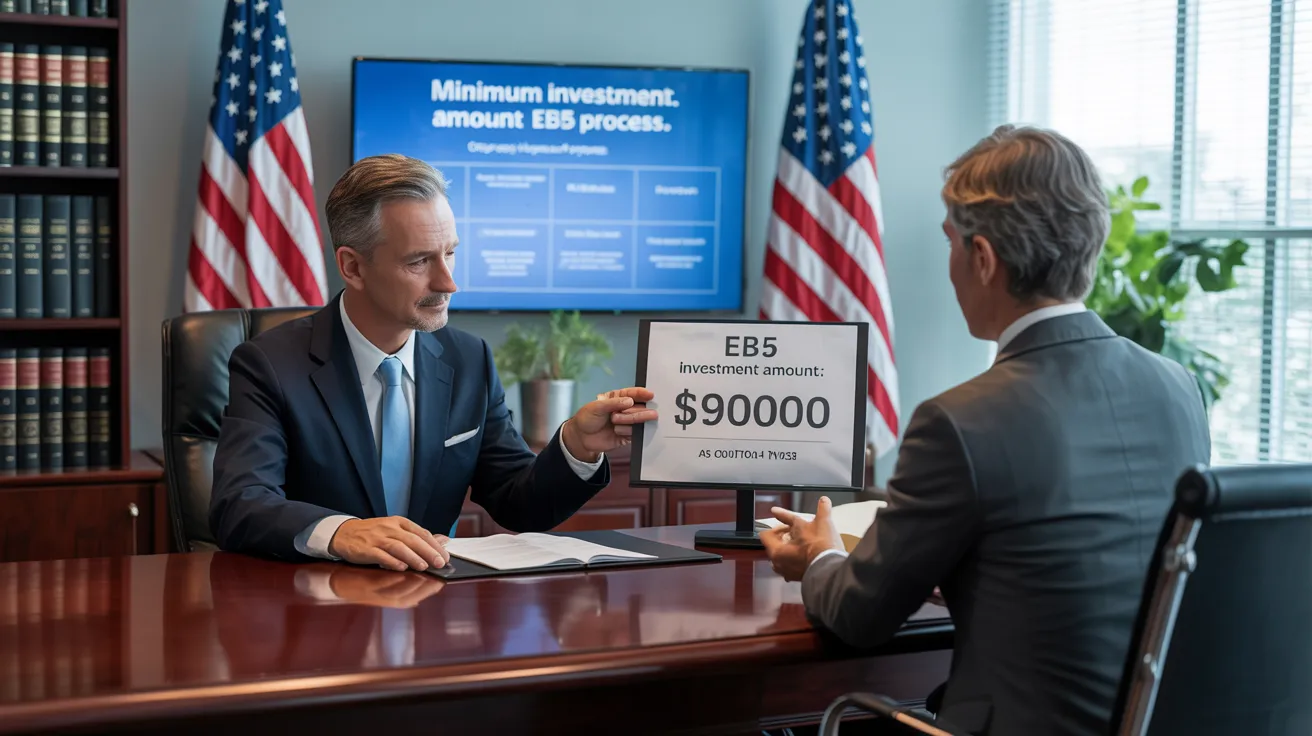L1 Visa Can Be Fun For Everyone
Table of Contents3 Easy Facts About L1 Visa ExplainedThe Single Strategy To Use For L1 VisaL1 Visa for DummiesL1 Visa for DummiesSome Of L1 Visa3 Easy Facts About L1 Visa Explained
Offered from ProQuest Dissertations & Theses Global; Social Science Premium Collection. (2074816399). (PDF). Congress. (PDF). DHS Office of the Assessor General. (PDF). (PDF). "Nonimmigrant Visa Stats". Retrieved 2023-03-26. Department of Homeland Safety Workplace of the Assessor General, "Review of Susceptabilities and Potential Misuses of the L-1 Visa Program," "A Mainframe-Size Visa Loophole".
U.S. Department of State. Retrieved 2023-02-08. Tamen, Joan Fleischer (August 10, 2013).
Some Known Questions About L1 Visa.
In order to be qualified for the L-1 visa, the international firm abroad where the Beneficiary was used and the united state company should have a qualifying partnership at the time of the transfer. The different kinds of certifying partnerships are: 1. Parent-Subsidiary: The Parent means a company, corporation, or other legal entity which has subsidiaries that it owns and regulates."Subsidiary" implies a firm, company, or various other legal entity of which a parent possesses, straight or indirectly, even more than 50% of the entity, OR has less than 50% however has monitoring control of the entity.
Example 1: Firm A is incorporated in France and employs the Beneficiary. Firm B is incorporated in the U.S. and wants to request the Recipient. Company An owns 100% of the shares of Firm B.Company A is the Moms And Dad and Business B is a subsidiary. There is a certifying connection in between the 2 companies and Business B ought to be able to sponsor the Recipient.
Example 2: Business A is included in the united state and wants to request the Recipient. Business B is included in Indonesia and utilizes the Beneficiary. Business An owns 40% of Firm B. The continuing to be 60% is had and managed by Firm C, which has no connection to Business A.Since Firm A and B do not have a parent-subsidiary relationship, Firm A can not fund the Recipient for L-1.
Firm A possesses 40% of Business B. The staying 60% is had by Business C, which has no relation to Firm A. Nonetheless, Business A, by official arrangement, controls and complete handles Firm B.Since Firm A possesses much less than 50% of Firm B however takes care of and manages the company, there is a certifying parent-subsidiary relationship and Company A can sponsor the Beneficiary for L-1.
A Biased View of L1 Visa
Business B is incorporated in the United state
Little Known Facts About L1 Visa.

The L-1 visa is an employment-based visa classification developed by Congress in 1970, allowing international companies to move their managers, executives, or vital personnel to their united state operations. It is typically described as the intracompany transferee visa. There are 2 major kinds of L-1 visas: L-1A and L-1B. These types appropriate for staff members employed in different positions within a firm.

Furthermore, the recipient should have worked in a supervisory, exec, or specialized employee placement for one year within the three years coming before the L-1A application in the foreign firm. For brand-new workplace applications, international employment should have remained in a supervisory or executive ability if the recipient is involving the United States to work as a manager or exec.
Some Of L1 Visa
/f/84976/1003x1003/0d3a5ff0ea/l1a-visa_-everything-you-should-know-index.png)
If approved for a united state business functional for greater than one year, the preliminary L-1B visa is for approximately 3 years and can be expanded for an extra 2 years (L1 Visa). On the other hand, if the U.S. company is newly established or has been functional for much less than one year, the first L-1B visa is provided for one year, with extensions offered in two-year increments
The L-1 visa is an employment-based visa classification established by Congress in 1970, enabling international business to move their managers, execs, or key employees to their U.S. procedures. It is typically referred to as the intracompany transferee visa. There are two main types of L-1 visas: L-1A and L-1B. These kinds appropriate for employees hired in various placements within a business.
L1 Visa - The Facts
In addition, the beneficiary needs to have worked in a supervisory, executive, or specialized worker placement for one year within the 3 years preceding the L-1A application in the international firm. For brand-new workplace applications, foreign employment must have remained in a managerial or executive ability if the recipient is pertaining to the USA to work learn more as a supervisor or executive.
for as much as 7 years to oversee the procedures of the U.S. associate as an exec or manager. If issued for an U.S. company that has been functional for even more than one year, the L-1A visa is originally granted for approximately three years and can be extended in two-year increments.
If provided for a united state business operational for more than one year, the preliminary L-1B visa is for up to 3 years and can be extended for an added two years. On the other hand, if the U.S. company is recently developed or has been operational for less than one get started year, the first L-1B visa is provided for one year, with extensions readily available in two-year increments.